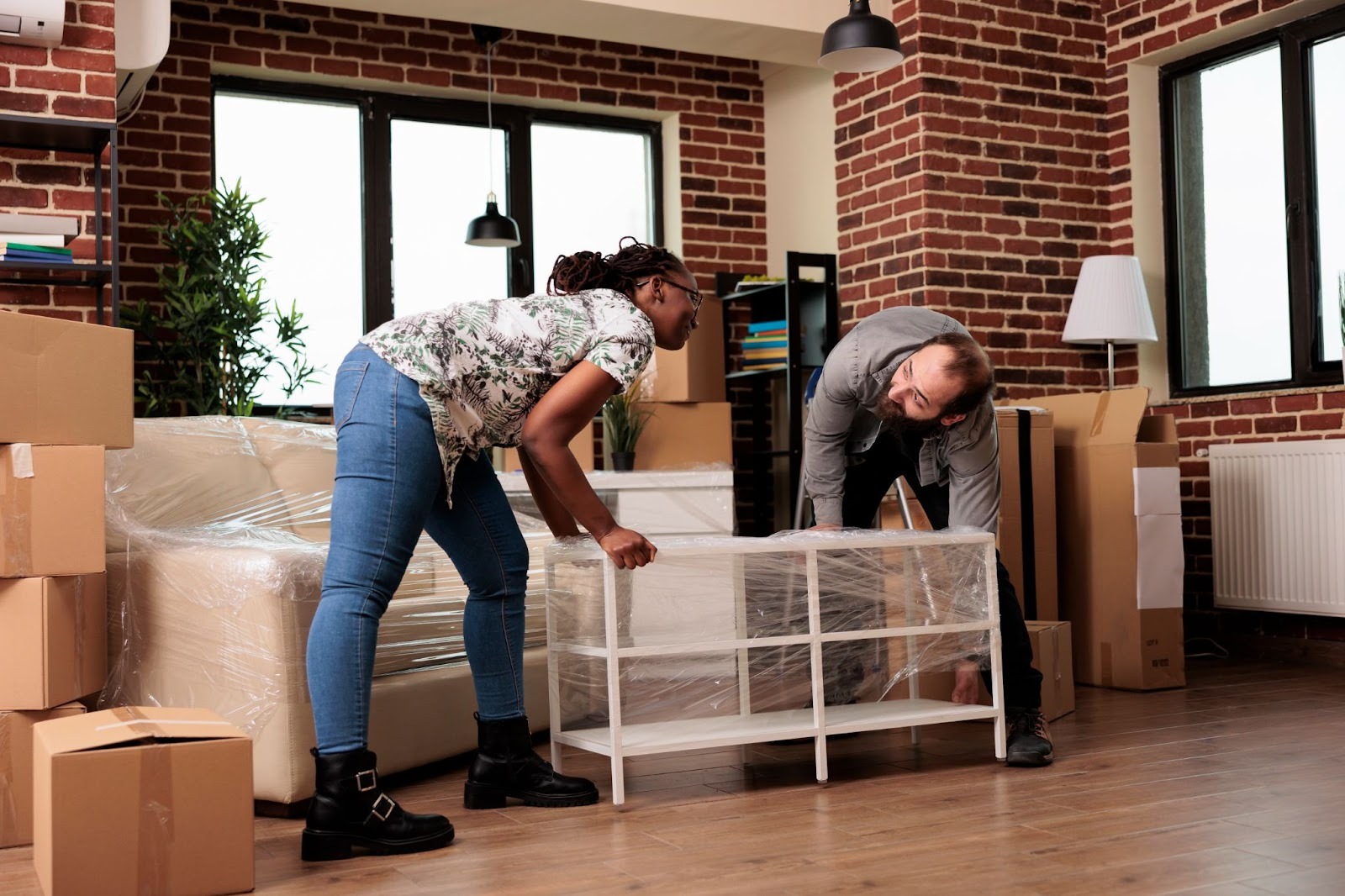Moving heavy furniture is one of the most challenging aspects of any relocation. Without proper planning and technique, it can lead to damaged floors, scratched walls, or even personal injury. Whether you’re a DIY mover or hiring a professional, understanding how to move heavy furniture safely is essential. At Restorify Moving, we provide expert tips and professional services to ensure your belongings are handled with care.
This guide will show you step-by-step how to protect your home, use the right equipment, lift safely, and move large items without stress, whether you choose to handle it yourself or with the help of Restorify Moving.
Assessing Your Furniture and Space
Before lifting anything, take stock of your furniture and your home:
- Measure furniture and doorways to ensure passage.
- Inspect floors and walls for areas that are prone to scratches.
- Determine whether certain items are too heavy or awkward for DIY moving.
Planning in advance prevents accidents and ensures you have the right tools ready.
Preparing Your Home for Heavy Furniture Moves
Preparation is key to a damage-free move:
- Remove obstacles: Clear pathways and doorways.
- Protect floors and walls: Lay down cardboard sheets, moving blankets, or plastic runners.
- Safety first: Keep pets and children away from moving areas.
Tools and Equipment for Moving Heavy Items
Using the right equipment makes heavy lifting safer and easier:
- Furniture sliders: Reduce friction and prevent scratches.
- Dollies: Great for moving large, flat items like dressers or tables.
- Lifting straps: Help distribute weight evenly between movers.
- Safety gear: Gloves and back braces minimize injury risk.
For smaller items, rolling blankets or PVC pipe as DIY sliders can work in a pinch.
Disassembling Furniture for Safe Moving
Many large pieces can be made safer by partially disassembling them:
- Beds and tables: Remove legs or detachable sections.
- Cabinets and shelves: Take out drawers and doors.
- Label everything: Keep screws, bolts, and small parts in labeled bags.
- Wrap delicate components: Use bubble wrap or moving blankets to prevent damage.
Disassembly not only reduces weight but also makes navigating tight spaces easier.
Techniques for Safe Heavy Lifting
Even with equipment, correct lifting technique is critical:
- Bend your knees, not your back. Keep the load close to your body.
- Lift with your legs, not your back muscles.
- Team lifting: Communicate clearly with your partner.
- Use sliders and dollies: Reduce the need for carrying when possible.
Proper technique prevents back injuries and ensures heavy items move efficiently.
Protecting Floors When Moving Heavy Furniture
Floors can be expensive to repair, so take extra precautions:
- Use carpet runners, cardboard, or moving blankets under heavy items.
- Slide instead of drag whenever possible.
- Watch for thresholds and stairs: Lift slightly or use sliders with caution.
- Avoid placing heavy furniture directly on hardwood or tile without protection.
DIY Heavy Item Moving Tips
For those tackling moves on their own:
- Appliances: Empty, unplug, and secure doors.
- Couches and armchairs: Remove cushions and use straps.
- Pianos or large cabinets: Consider professional help if too heavy.
- Plan each move: Map out a clear path from start to finish.
Small households may manage with careful planning and teamwork, but always know your limits.
Conclusion
Moving heavy furniture doesn’t have to be a stressful or damaging experience. With the right moving equipment for heavy items, careful planning, and proper lifting techniques, you can protect your floors, walls, and yourself.
Always disassemble furniture when possible, use sliders and dollies, and communicate with your moving team. For especially large or delicate items, consider hiring professional movers to avoid injury or damage.
With these tips, your next move will be smoother, safer, and more organized. If you’re ready to make your move hassle-free, schedule an appointment with a trusted moving company today.
FAQs About Moving Heavy Furniture
- Can I move heavy furniture alone?
Technically yes, for smaller items, but safety is much higher with a partner or proper equipment. - How do I prevent back injuries?
Lift with your legs, keep the weight close, and use sliders or dollies. - What’s the best equipment for moving large items?
Furniture sliders, dollies, lifting straps, and protective blankets. - Should I disassemble all furniture?
Disassemble any item that is heavy, large, or awkward to move through doorways. - How do I handle stairs or tight spaces?
Use sliders, communicate with your team, and lift items in sections if possible.

